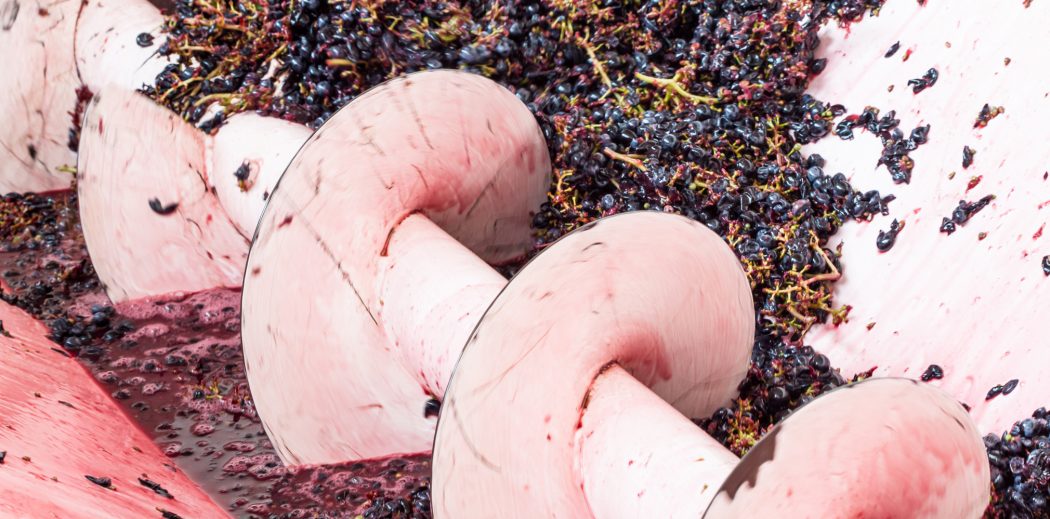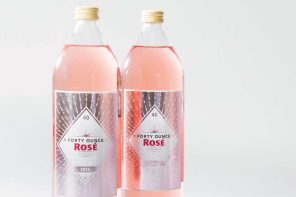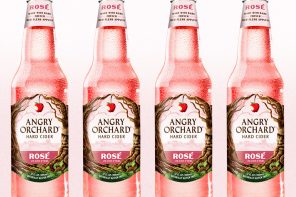A rosé by any other name might still be a rosé, although if it’s made through the Saignée method, you’re going to discover pink wine as you haven’t known it before.
There are two main methods to transform red wine grapes into your go-to summer drink, and these processes are key in determining the shade and color of the finished product. Most commercial rosés are created through the maceration method — the same process used for red wine — when grapes are pressed, and the color, tannins, and aromas are transferred from skins and solids to the juice or must. To make rosé, the juice and skins are separated before the wine gets too dark. The Vin Gris (“Gray wine”) method involves an ultra-short maceration time to get nearly-white wine from red wine grapes.
And then there’s Saignée. Pronounced “sohn-yay,” it translates to “to bleed,” and perhaps the violent name is indicative of the wine’s boldness. This is a rosé for those who would otherwise scoff at them, richer and darker than the typical bottles you’re pulling off the shelf. The process involves “bleeding” the wine during the fermentation process — some of the pink must is siphoned away after a short period of time, adjusting the skin-to-juice ratio so the wine can be more concentrated. The pink must is then often fermented as a rosé.
Though paler rosés are often heralded as a sign of quality, with Saignée rosé, don’t be afraid to reach for a more vibrant bottle. Depending on the grape used to create it, the wine may even be a dark magenta or pale purple, especially if you’re working with something like Syrah or Tempranillo. Though these will often begin with sweet notes, they will veer away from fruity aromas to those more savory and peppery. For something more similar to a traditional rosé, the Loire Valley’s Chinon region produces Saignée that moves red fruits towards center stage.
Saignée first gained prominence in California in the 1970s. Producers may age it in oak to draw out more intense flavors, making it even more reminiscent of your typical red. However, thanks to California’s warmer climate, the grapes are a lot less acidic, resulting in a Saignée that doesn’t stand up well to the test of time. That doesn’t mean don’t drink it — it just means drink it quickly. Sometimes, California producers will add white wine (often, the juice that was removed originally) back into the Saignée to heighten the acidity.
Saignée production has picked up as more people are drinking rosé, and, with it, a rise in contention. Many producers argue that true rosé is only created through the maceration method — anything else is just riding on the name’s coattails. Other traditionalists, however, will reason that no other style of rosé can live up to the standard set by Saignée.
At the end of the day, we’re less concerned about what we’re calling it and more interested in whether we’re enjoying it. And, really, we’re just glad there’s an option for when we can’t decide whether to reach for the red or the rosé.








